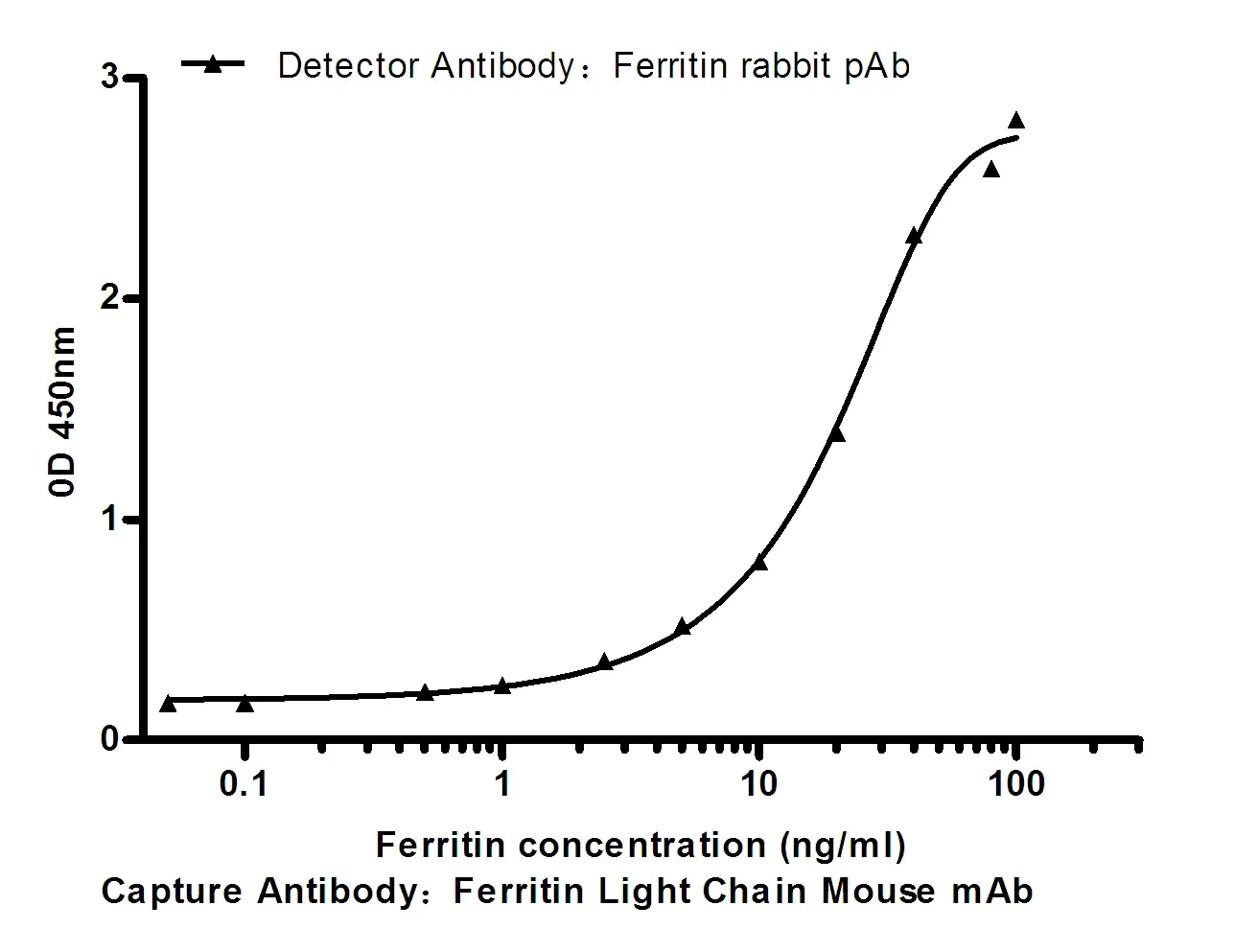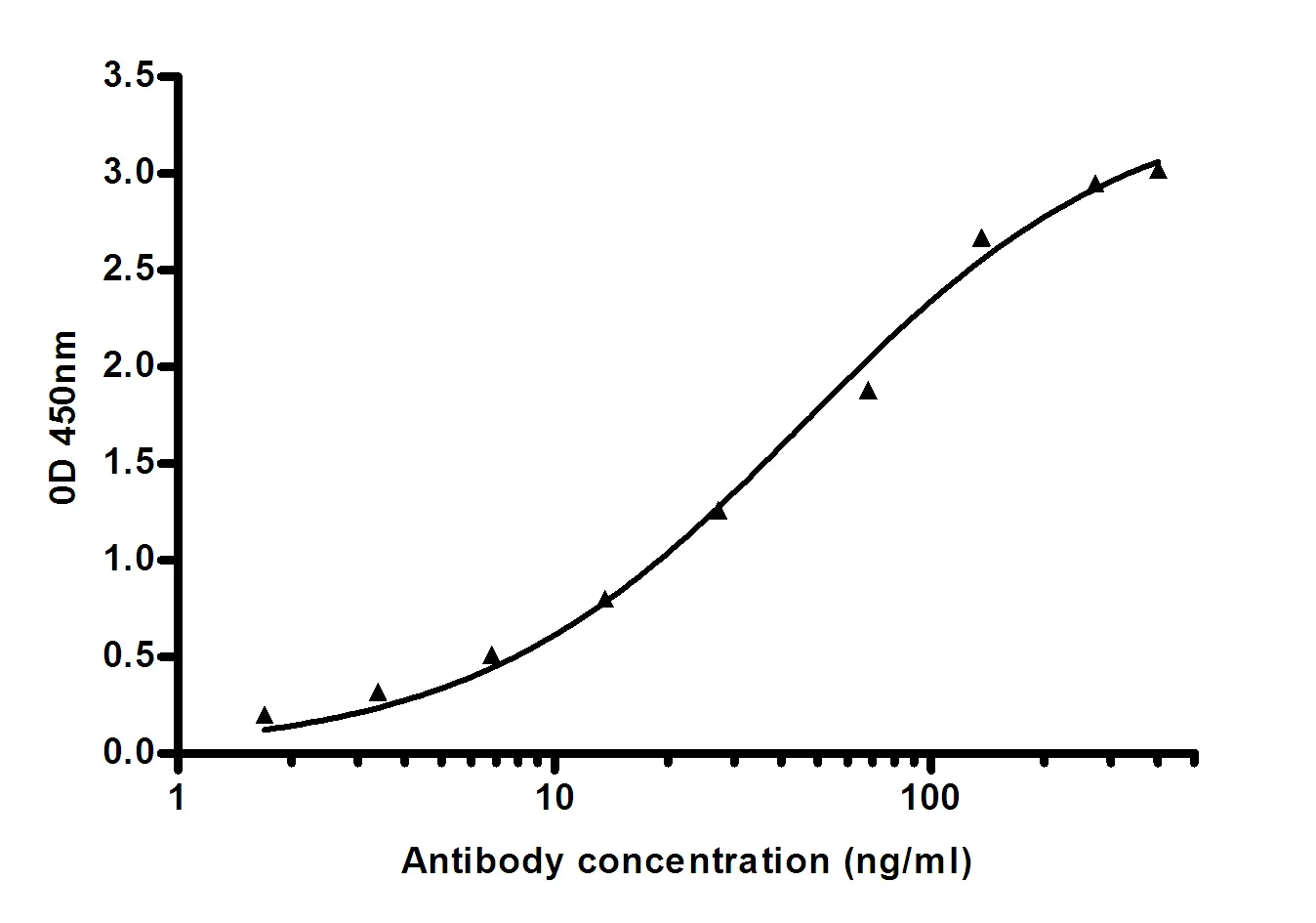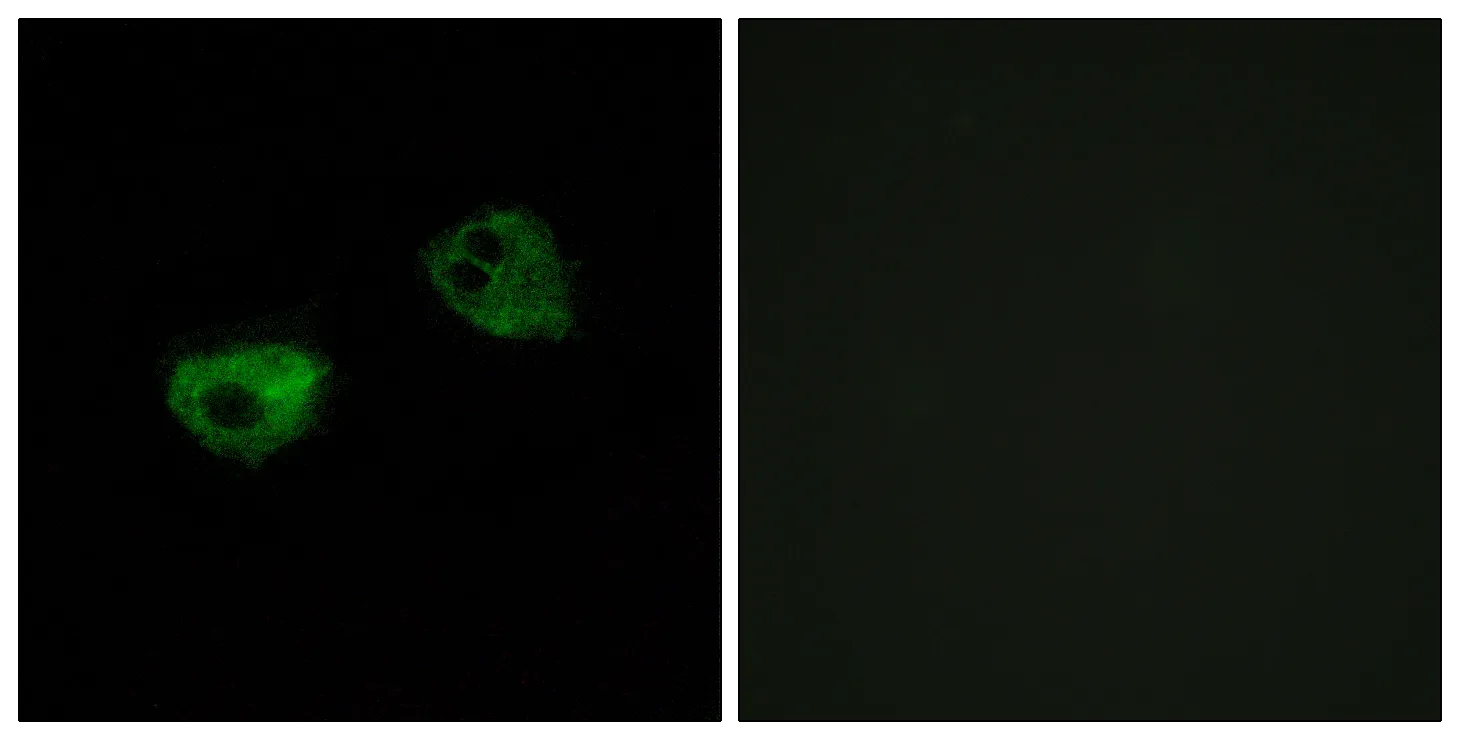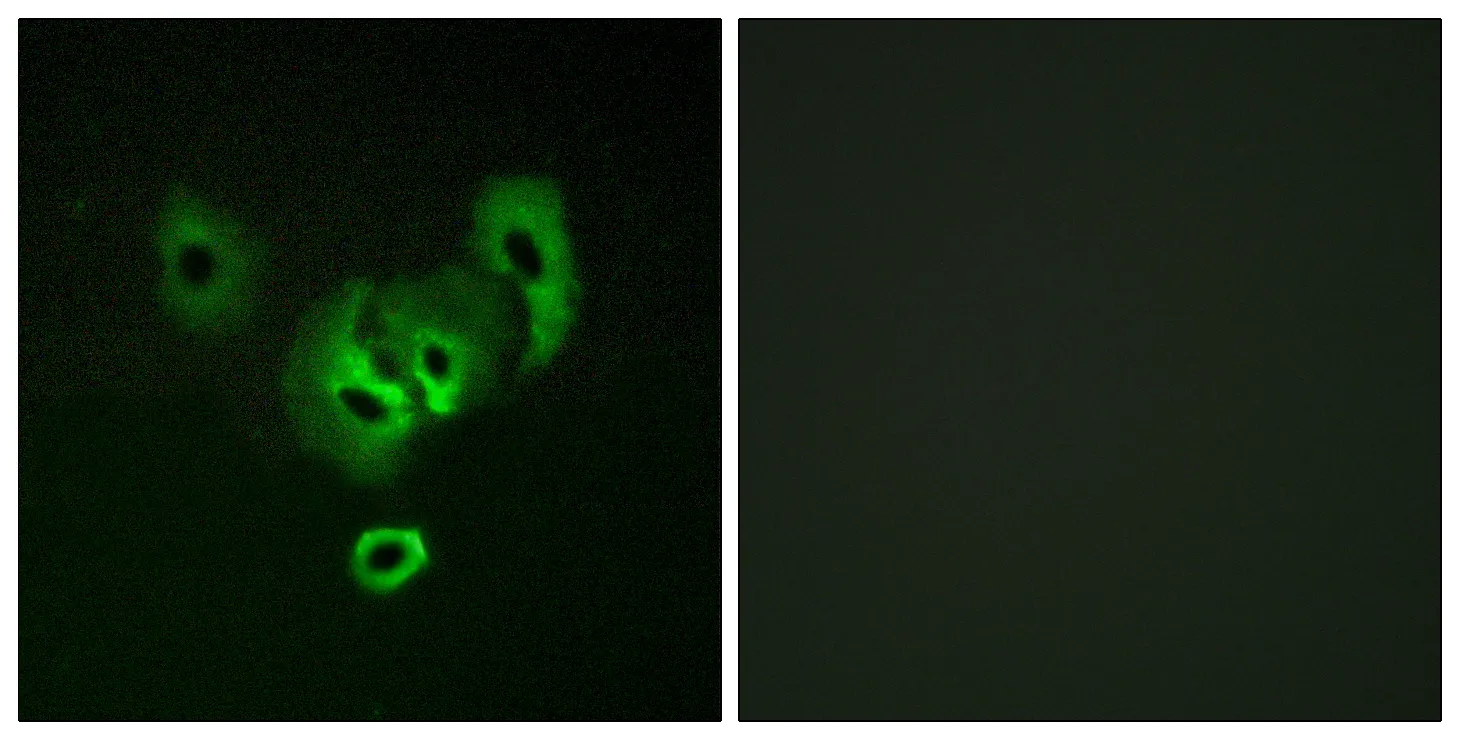Summary
Performance
Immunogen
Application
Background
canopy FGF signaling regulator 3(CNPY3) Homo sapiens This gene encodes a protein that binds members of the toll-like receptor protein family and functions as a chaperone to aid in folding and export of these proteins. Alternative splicing results in multiple transcript variants. Naturally occuring readthrough transcription occurs between this locus and the downstream GNMT (glycine N-methyltransferase) gene and is represented with GeneID:107080644. [provided by RefSeq, Jan 2016],similarity:Belongs to the canopy family.,similarity:Contains 1 saposin B-type domain.,subunit:Interacts with TLR4.,
Research Area




